BLOG
*** This page might not be translated. ***
![]()
2017-04-17 11:35
One day in late March, my friend invited me to go with her to visit a village called the “Machu Picchu of Japan”.
“Machu Picchu of Japan”? I’ve never been to the actual Machu Picchu, but we walked up and up a narrow stone path,heading towards the village at the top of the hill, passing beautifully placed stone walls and small houses here and there.
This village is called “Hiraiso”, and consists of 17 families, made up of 40 people. Hiraiso is just a few kilometers from the tip of Sadamisaki peninsula. I wondered, how do the villagers manage to climb up and down this steep hill, bringing back their shopping and groceries, up and down every day? How do the elderly people who live here carry back their heavy packages, and how do they manage if they become ill? Hiraiso is a tight-knit village, and the people who live here manage by cooperating; by staying in touch and keeping track of everyone who lives in the village, and by helping each other whenever necessary.
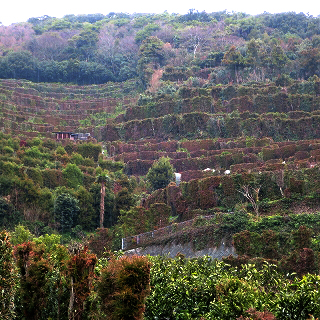
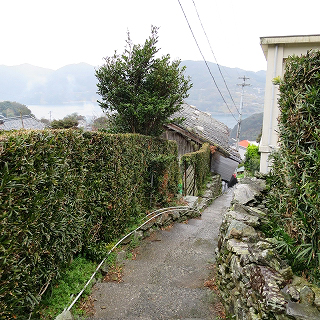
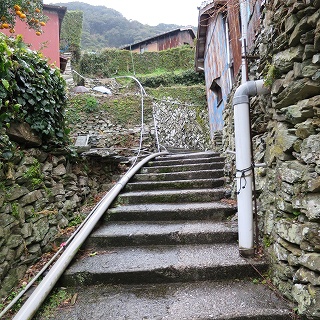
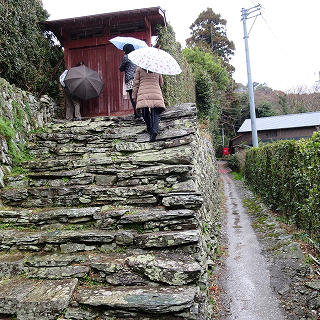
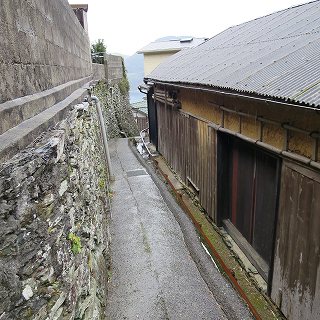
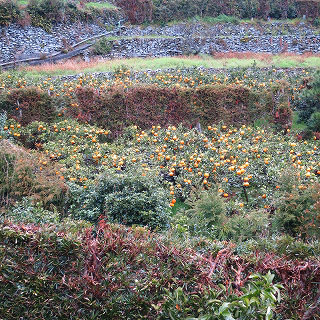
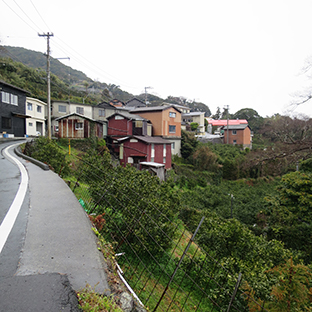
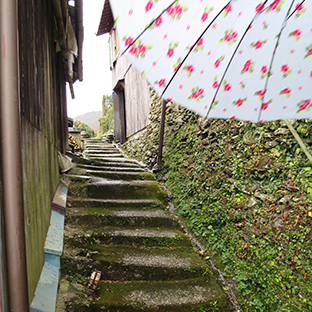
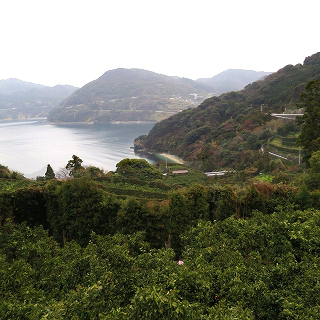
They keep the village running, by maintaining the daily necessities and customs of the village. In the “old days” this was the way of life for villages all over Japan, but this type of village is disappearing.
Because the villagers have maintained their beautiful, traditional way of life, Hiraiso has become famous through word-of-mouth and the Internet, attracting both Japanese and many foreigners from all over the world.
“Machu Picchu of Japan”? I’ve never been to the actual Machu Picchu, but we walked up and up a narrow stone path,heading towards the village at the top of the hill, passing beautifully placed stone walls and small houses here and there.
This village is called “Hiraiso”, and consists of 17 families, made up of 40 people. Hiraiso is just a few kilometers from the tip of Sadamisaki peninsula. I wondered, how do the villagers manage to climb up and down this steep hill, bringing back their shopping and groceries, up and down every day? How do the elderly people who live here carry back their heavy packages, and how do they manage if they become ill? Hiraiso is a tight-knit village, and the people who live here manage by cooperating; by staying in touch and keeping track of everyone who lives in the village, and by helping each other whenever necessary.









They keep the village running, by maintaining the daily necessities and customs of the village. In the “old days” this was the way of life for villages all over Japan, but this type of village is disappearing.
Because the villagers have maintained their beautiful, traditional way of life, Hiraiso has become famous through word-of-mouth and the Internet, attracting both Japanese and many foreigners from all over the world.
![]()
2017-04-13 15:33
“The mountain is laughing”, is a characteristic Japanese expression based on a HAIKU, a famous style of short Japanese poem. This always refers to the beginning of springtime. One of the harbingers of spring in Japan is the famous national flower of Japan, “Sakura” or “Cherry Blossom”.
There are many kinds of Sakura blooming in the Sadamisaki Peninsula right now, one after another. Especially characteristic of this area is the “Yamazakura” or “Mountain Cherry Blossom”, one of the original species of Sakura. You can find more than 100,000 of these cherry trees throughout the Sadamisaki Peninsula, and they make the mountains bright with color! Seeing these beautiful blossoms brings a smile to the lips of the people who live here and also the people who visit.
The mountains are indeed laughing, and people are happy that once again,
Spring is here!




There are many kinds of Sakura blooming in the Sadamisaki Peninsula right now, one after another. Especially characteristic of this area is the “Yamazakura” or “Mountain Cherry Blossom”, one of the original species of Sakura. You can find more than 100,000 of these cherry trees throughout the Sadamisaki Peninsula, and they make the mountains bright with color! Seeing these beautiful blossoms brings a smile to the lips of the people who live here and also the people who visit.
The mountains are indeed laughing, and people are happy that once again,
Spring is here!








